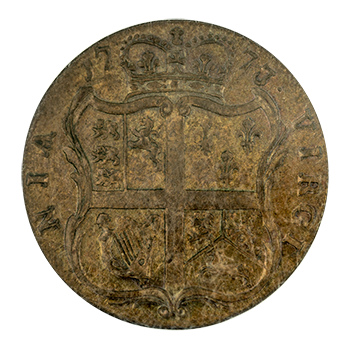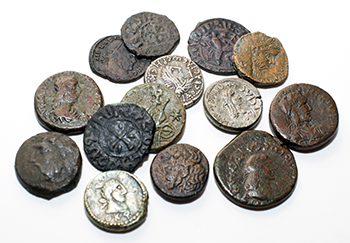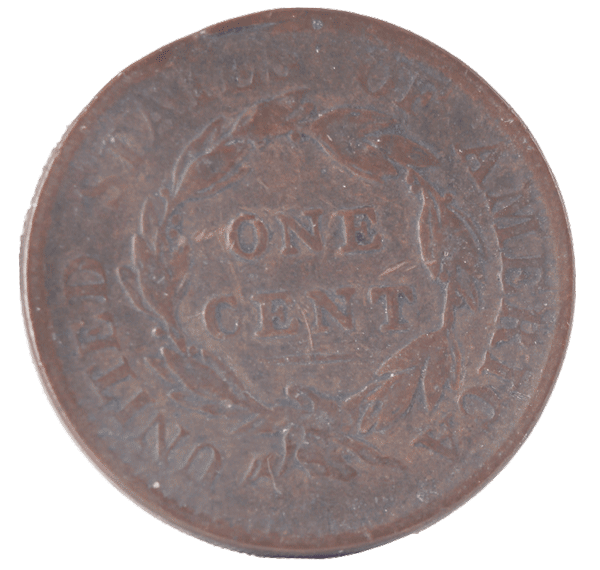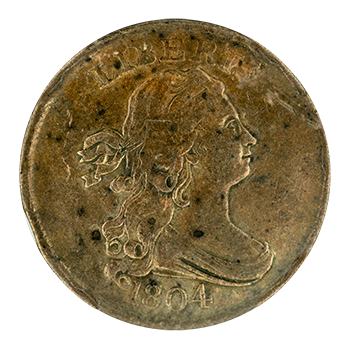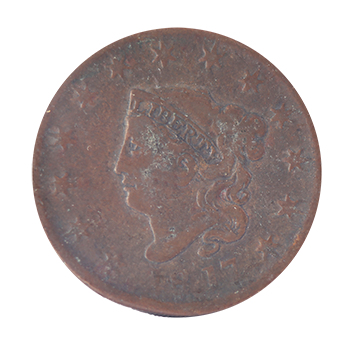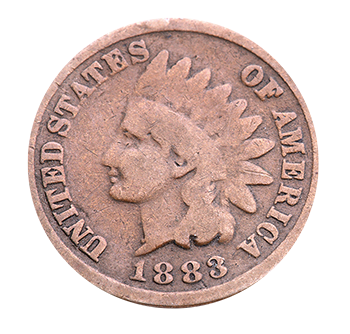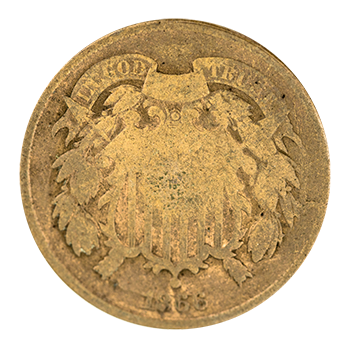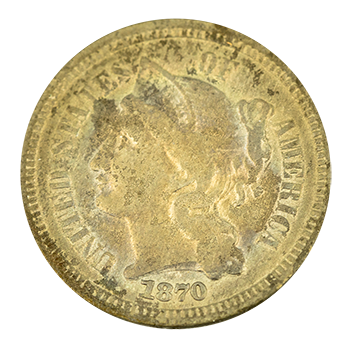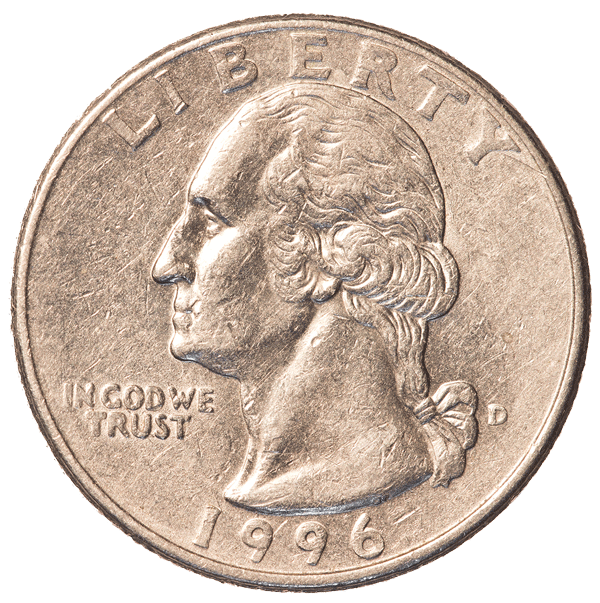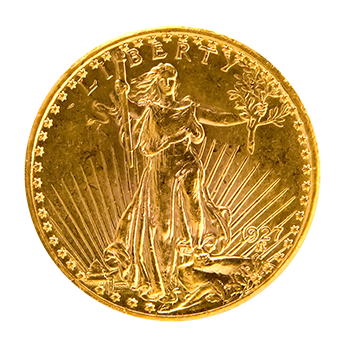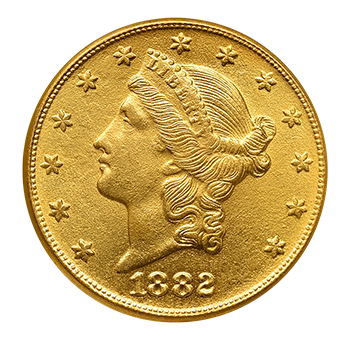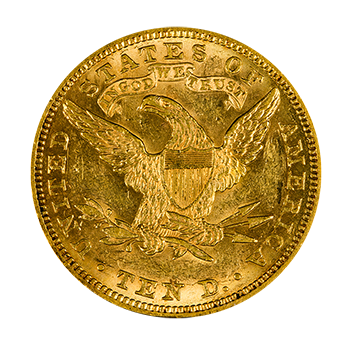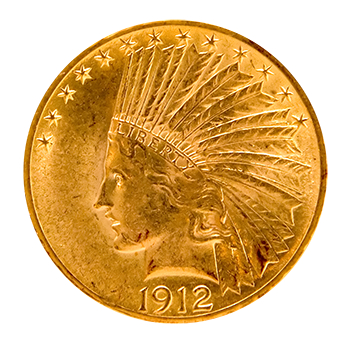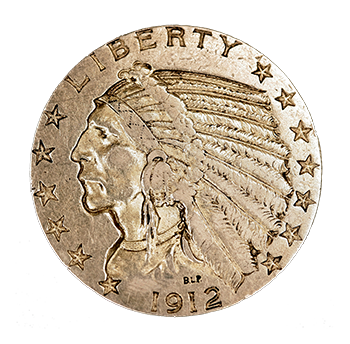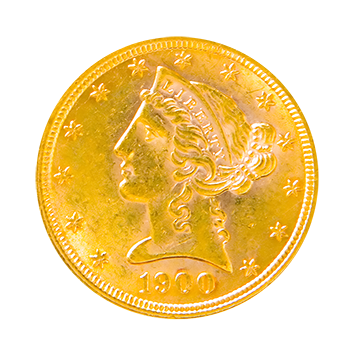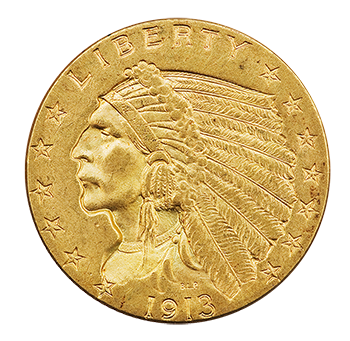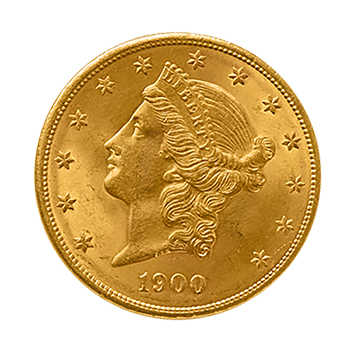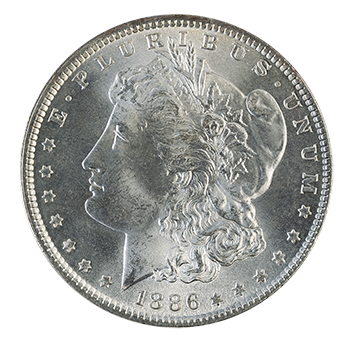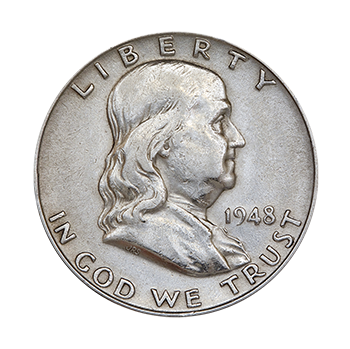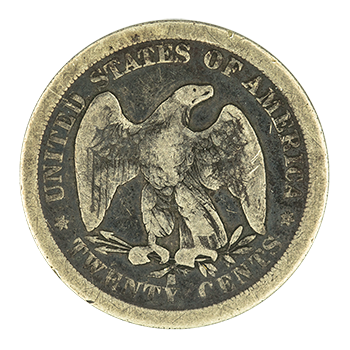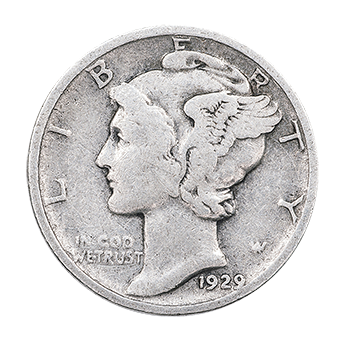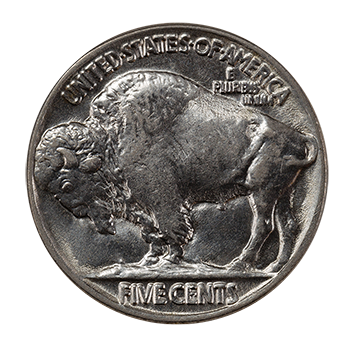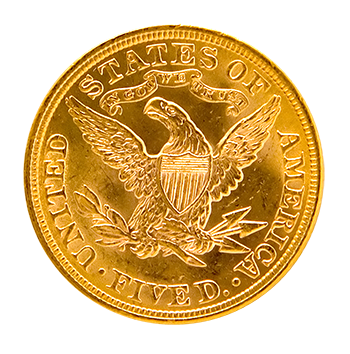
Gold supply and mint capacity controlled the mintage of early U.S. gold coins. Back in those days, early mintages depended on the use of gold from native sources or the conversion of foreign gold coins already in circulation. This led to a limited gold supply and ultimately numerous disruptions in gold coin manufacturing until 1834, when gold supplies started to increase.
The U.S. mint started producing gold coins in 1795. The first two coins minted were the five dollar Half Eagle and the ten dollar Eagle. In 1796, the U.S. introduced the Quarter Eagle. The first version, which came without stars on the obverse of the coin, was replaced that same year by another version that came with stars. The discovery of gold in California in 1848 led to two new denominations: the U.S. gold dollar in 1849 and the twenty dollar coin (also known as a Double Eagle) in 1850. Over the course of the next two decades, these coins were followed by two more new gold pieces: the three dollar gold coin (1854) and the four dollar Stella coin (1879).
In 1877, the U.S. government recommended a 50 dollar gold coin. More than one hundred years later in 1986, the U.S. finally introduced the first American Eagle bullion coins.

